One of the biggest challenges in transitioning to a grain-free diet was discovering alternatives for traditional Italian dishes. Finding gluten-free and dairy-free substitutes for staples like pasta, mozzarella cheese, and gnocchi can be difficult.
After reintroducing some dairy and grains into our diet, I’ve realized that I continue to enjoy the healthier alternative recipes I developed over time. This easy pesto recipe featuring fresh basil is one of those. Fresh pesto sauce made with garlic cloves and fresh basil far surpasses any store-bought version!
Best Pesto Recipe Made from Scratch
While store-bought pesto isn’t necessarily bad, it’s tricky finding a version that doesn’t include unhealthy vegetable oils. Fortunately, basil is among the simplest herbs to grow. Despite my lack of gardening skills, I find basil quite hardy; in fact, one summer, our garden was overtaken by three-foot-tall basil plants.
When the basil was ready for harvest, I made large batches of this pesto and froze it to use throughout the year. This made it convenient since the pesto was always ready whenever I needed it.
Most importantly, basil offers a wide array of natural remedy applications in tonics, teas, and more. I bundle any unused basil stems and hang them upside down to dry for later usage. (To catch any crumbled leaves, place the basil in a paper bag.)
Pesto Recipe Ingredients
Many pesto recipes rely on Parmesan cheese or Pecorino Romano for a creamy tang. However, this version is dairy-free (yet still bursting with flavor!). Pesto is essentially a puree combining fresh basil, nuts, olive oil, and garlic, delivering a beautiful green color along with an intense flavor kick.
Though pine nuts are commonly used, I opt for almonds instead. You could also experiment with pecans, pistachios, cashews, or sunflower seeds for a nut-free variety.
How to Use Pesto
There are numerous ways to enjoy this delectable sauce! It pairs wonderfully with almost any Italian or pasta dish. I’ve even added a spoonful to omelets, coconut flour biscuits with savory fillings, and grain-free bread. Here are a few more suggestions for using your pesto:
- Mix with pasta or zoodles.
- Spread on sandwiches or wraps.
- Use as a dip for veggies.
- Add to soups or stews for extra flavor.
- Serve as a topping on grilled meats or vegetables.
Storing Homemade Pesto
As mentioned earlier, I enjoy preparing this in large batches for later use. If you don’t have an abundance of basil, it also refrigerates well, keeping fresh for up to two weeks.
For a convenient single-serving option, I like to pour the pesto into an ice cube tray and freeze it. Once frozen, pop out the cubes and store them in a freezer-safe container. This way, you can thaw only the amount needed at any given time.
Basil Pesto Recipe
Ingredients:
- 2 cups fresh basil (packed)
- ½ cup raw almonds
- 2 cloves garlic
- ¼-½ cup olive oil (to desired consistency)
- Salt (to taste)
Instructions:
- Combine basil, almonds, and garlic in a blender.
- Start the blender and gradually add the oil until the pesto reaches the preferred consistency.
- Season with salt to taste.
- Use immediately, or refrigerate or freeze for future use.
Nutrition Facts
(Basil Pesto Recipe – Amount Per Serving 2 TBSP)
- Calories: 114 (Calories from Fat 99)
- % Daily Value*
- Total Fat: 11g (17%)
- Saturated Fat: 1g (6%)
- Polyunsaturated Fat: 2g
- Monounsaturated Fat: 8g
- Sodium: 1mg (0%)
- Potassium: 86mg (2%)
- Total Carbohydrate: 2g (1%)
- Dietary Fiber: 2g (8%)
- Protein: 2g (4%)
- Vitamin A: 316IU (6%)
- Vitamin C: 1mg (1%)
- Calcium: 36mg (4%)
- Iron: 0.6mg (3%)
*Percent Daily Values are based on a 2000 calorie diet.
To freeze pesto, I place a few tablespoons in each section of an ice cube tray. Once frozen, I transfer them to a larger container with a lid for freezer storage.
Other Homemade Condiment Recipes:
How do you enjoy basil pesto? Share below!




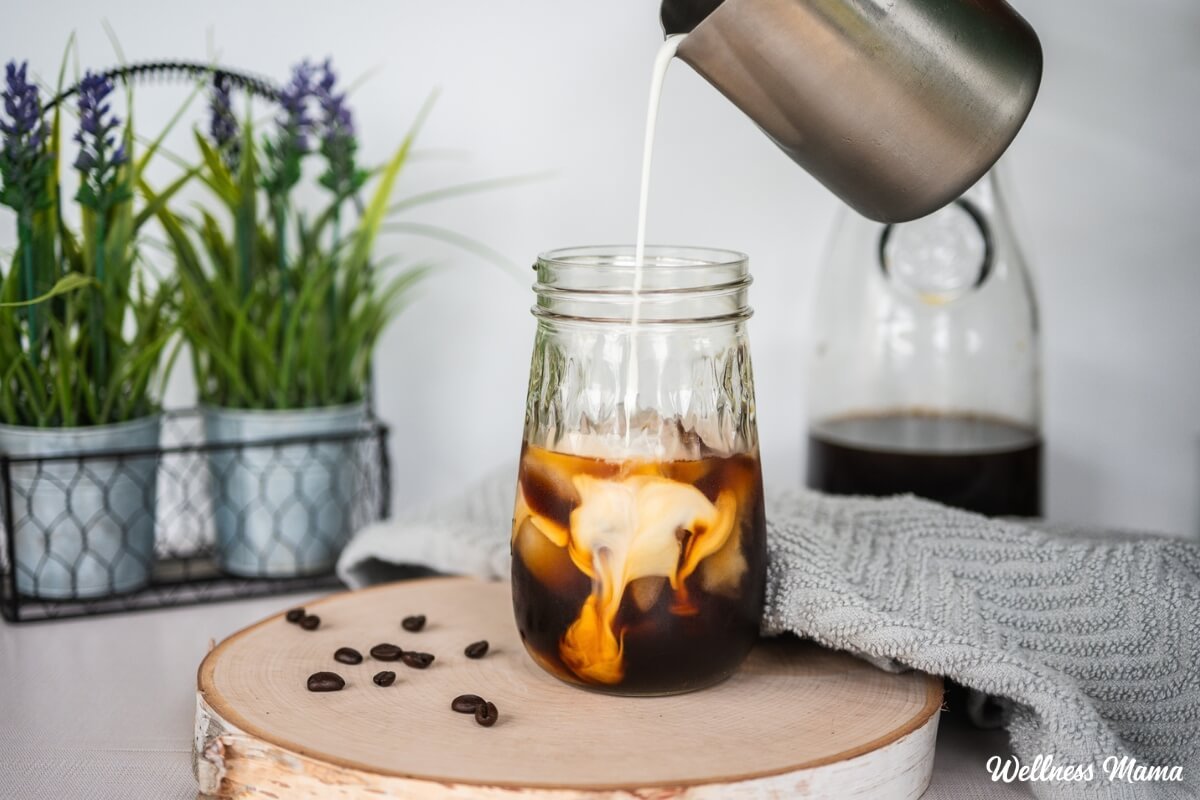
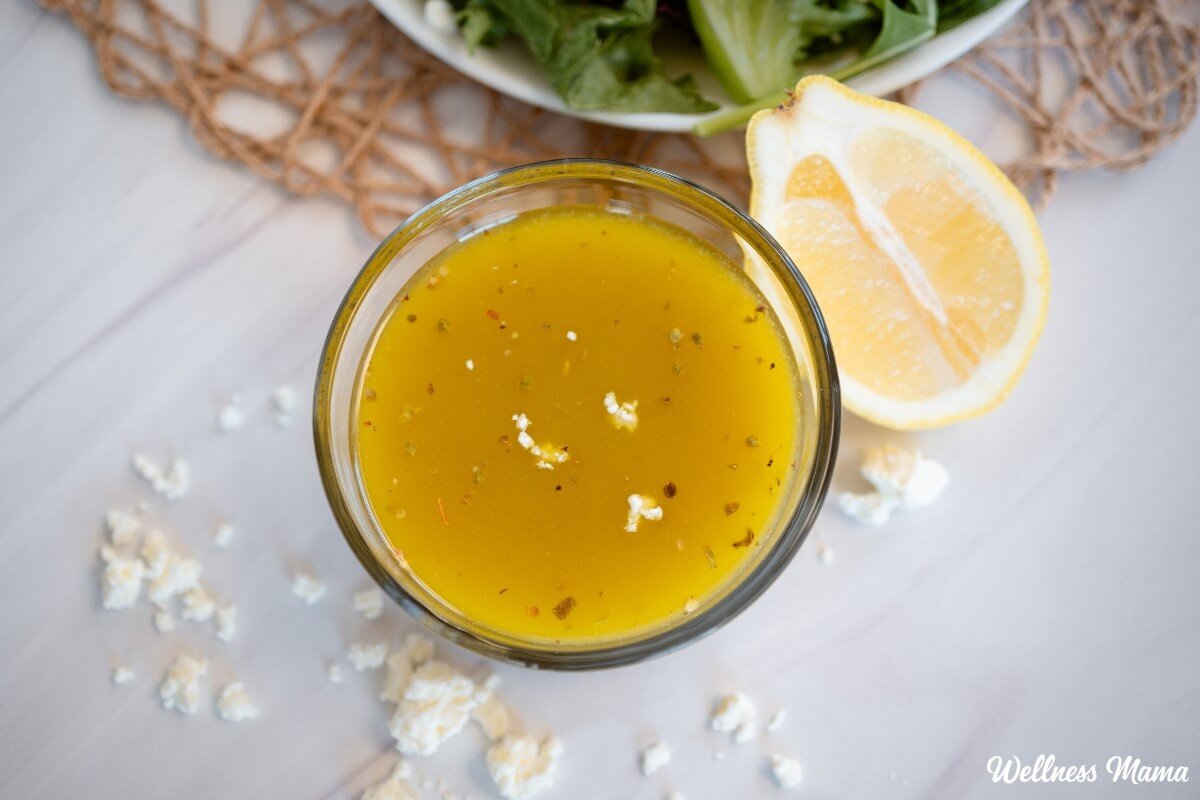
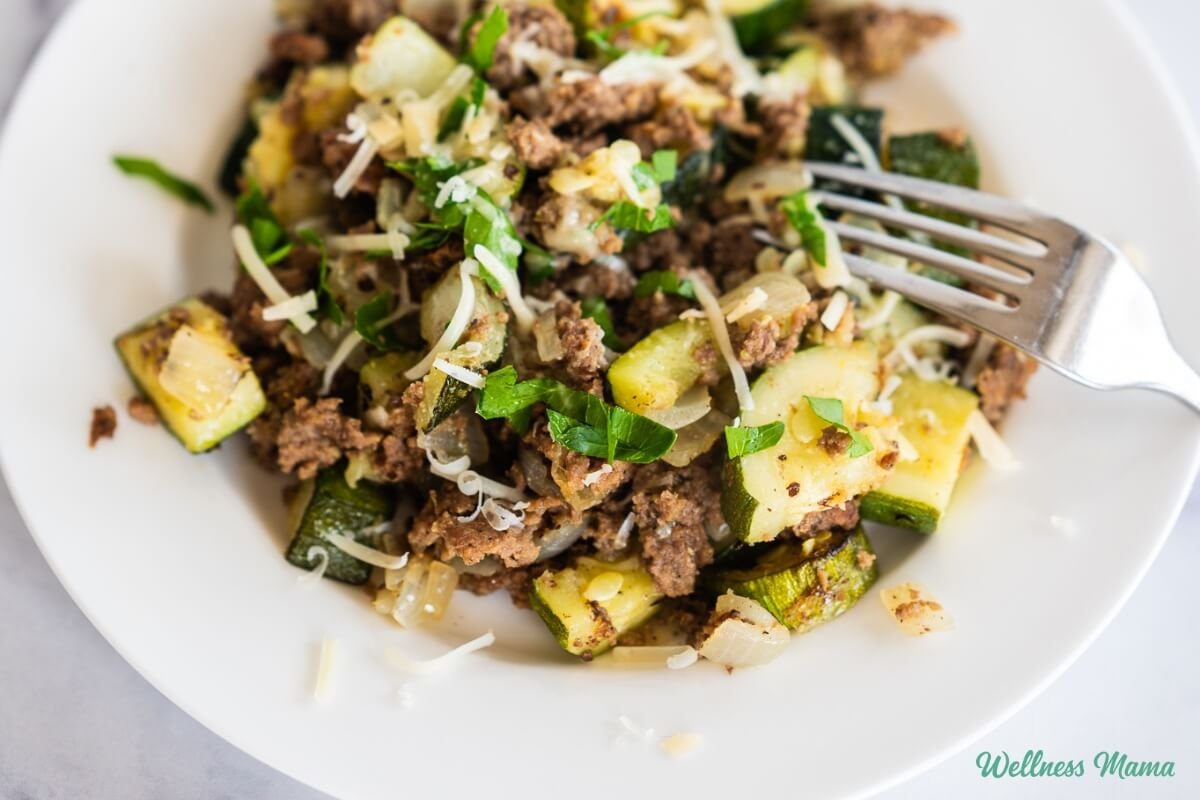

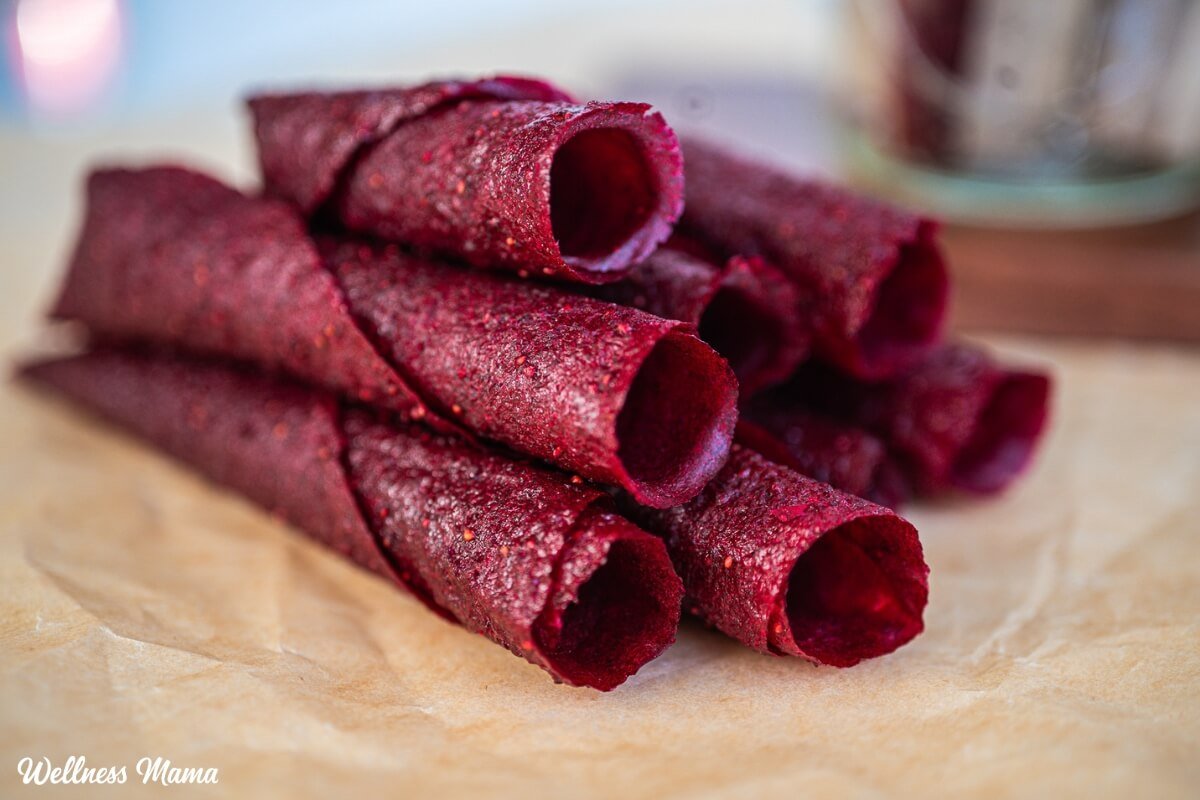


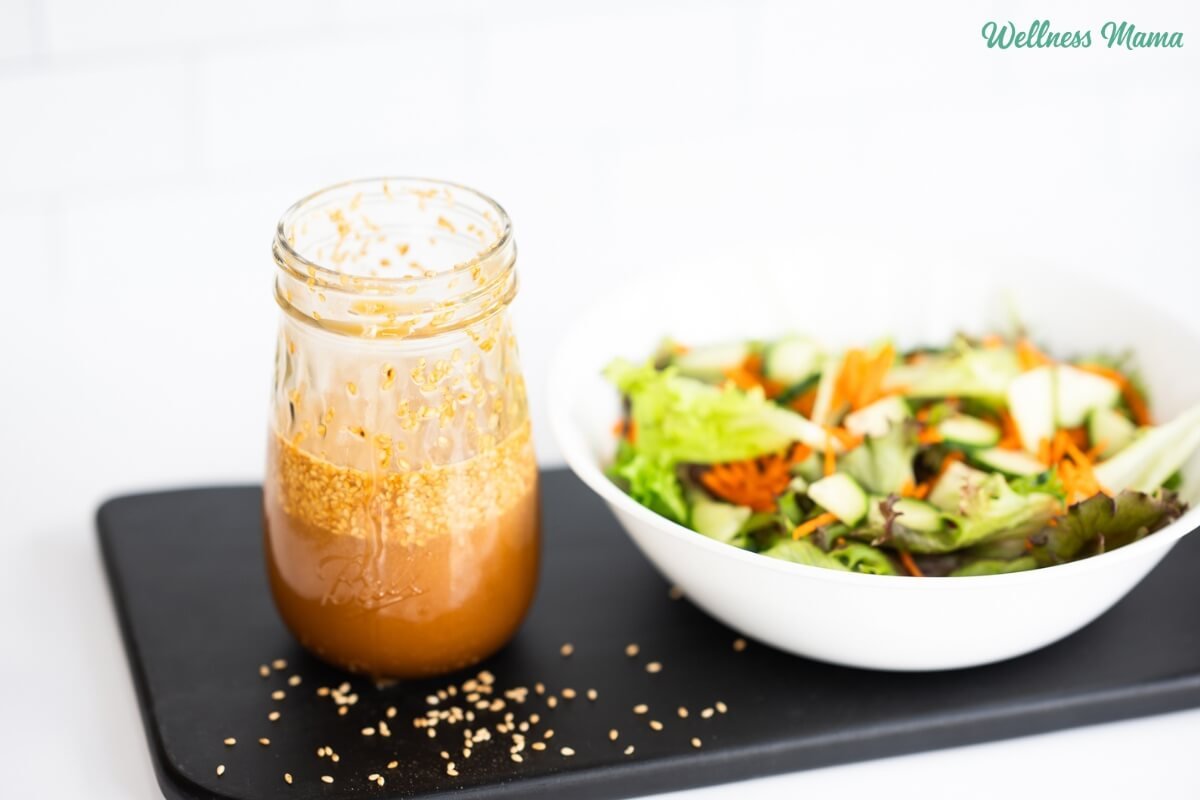

Leave a Reply